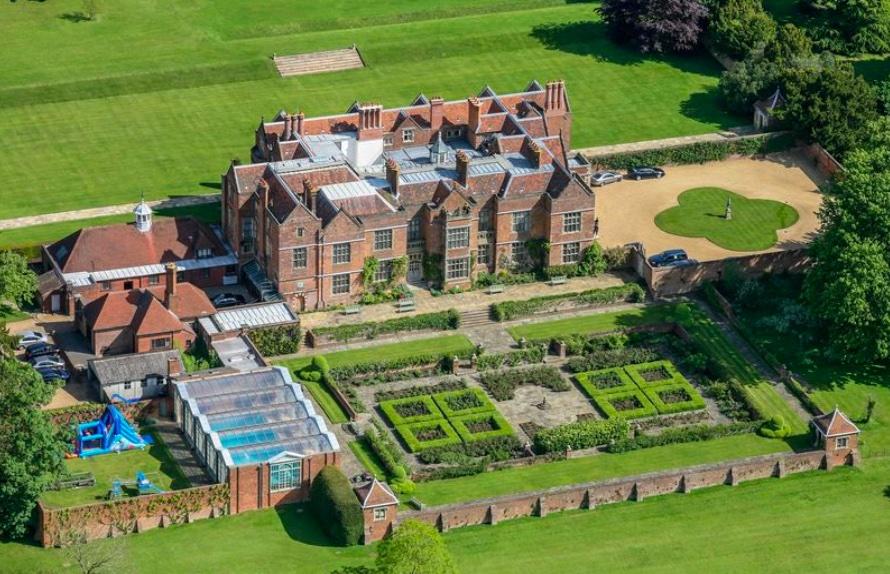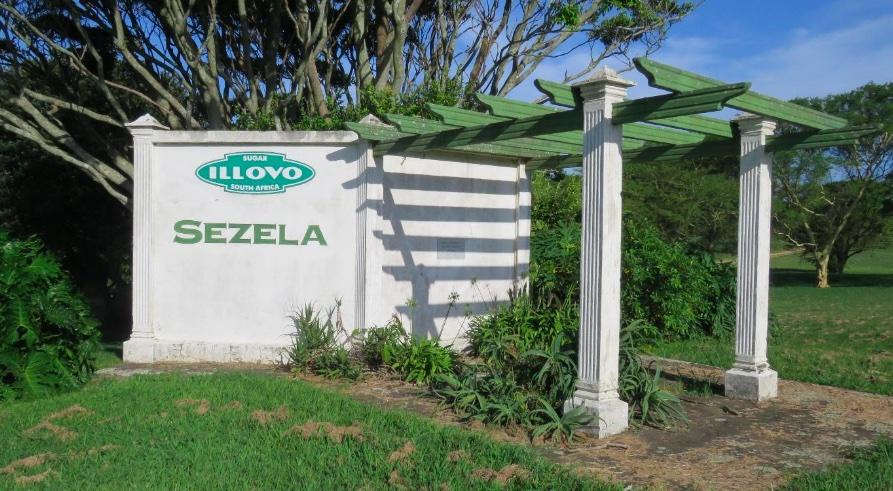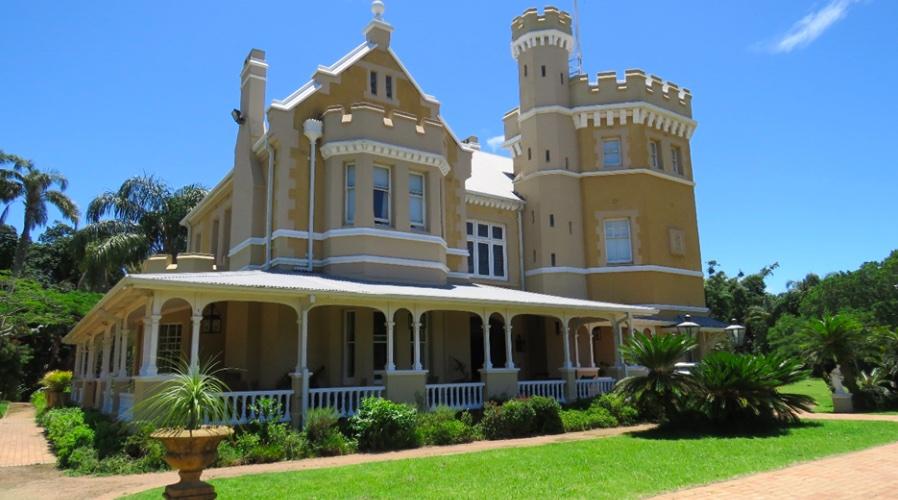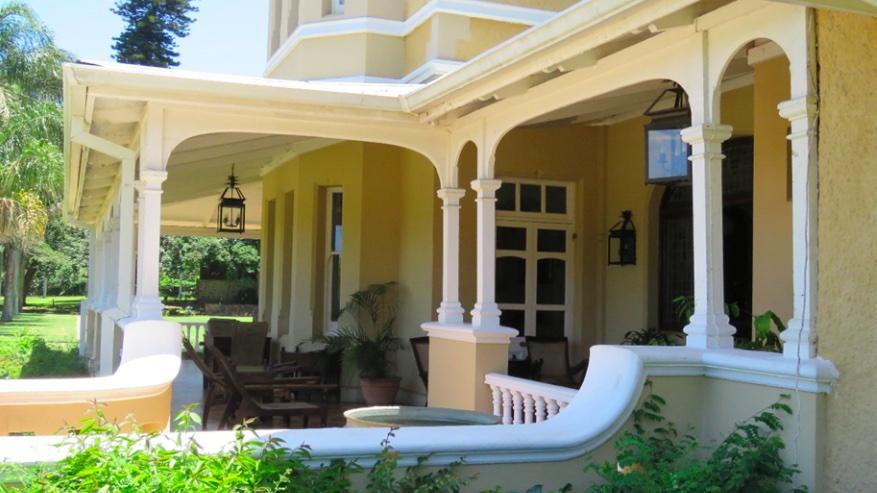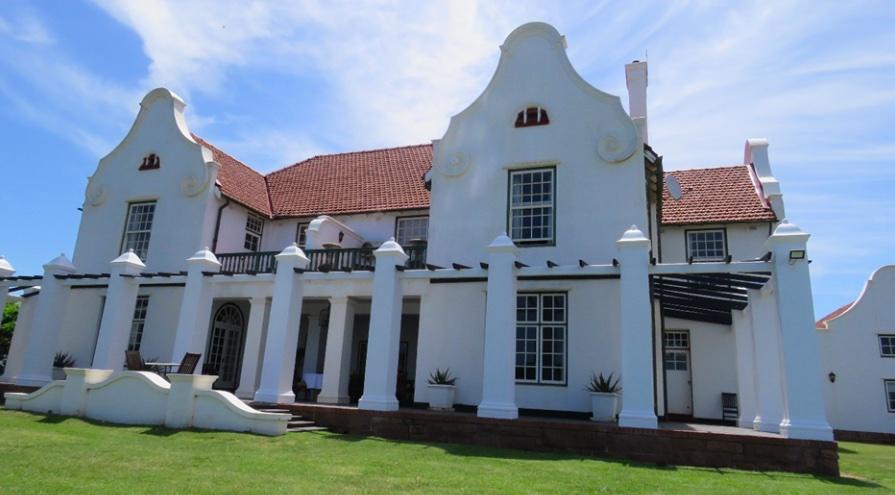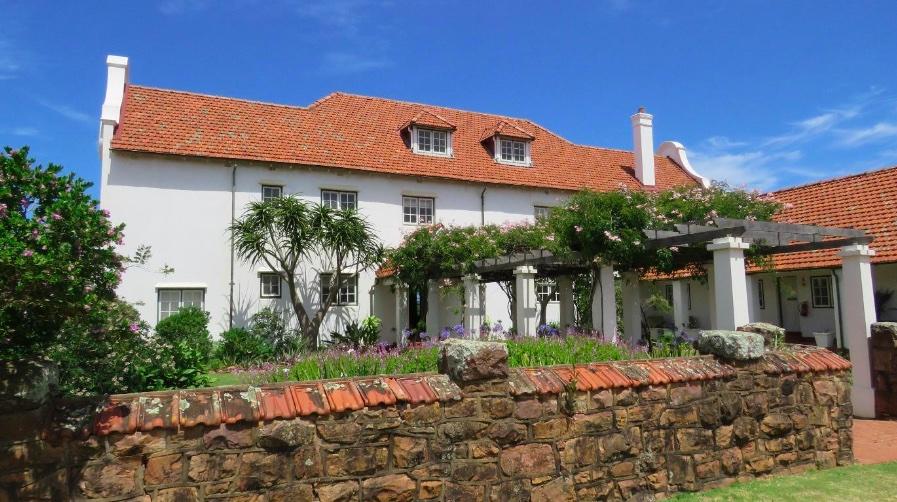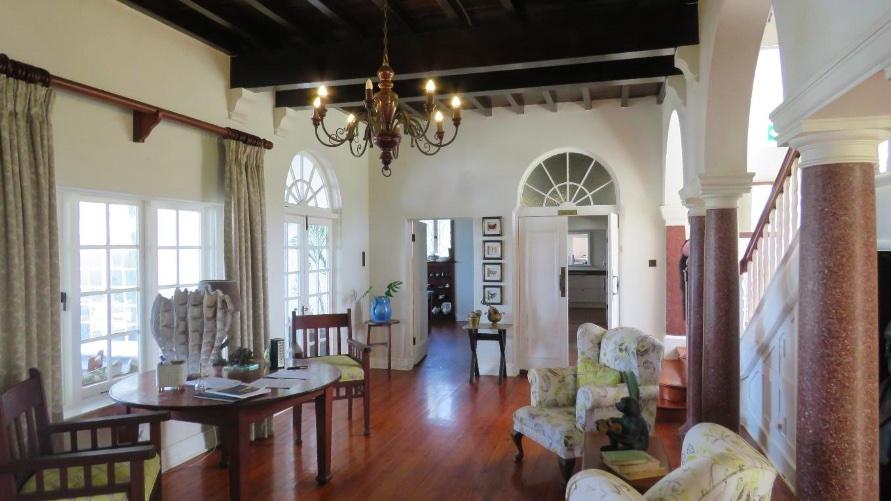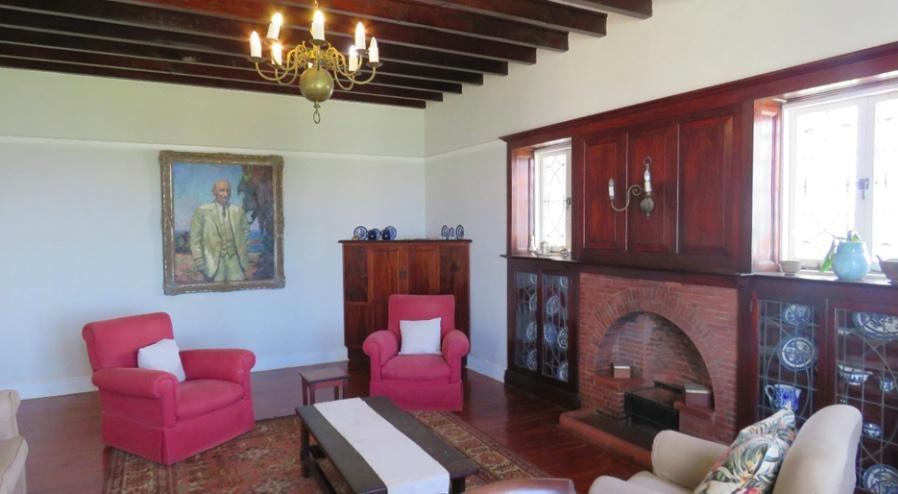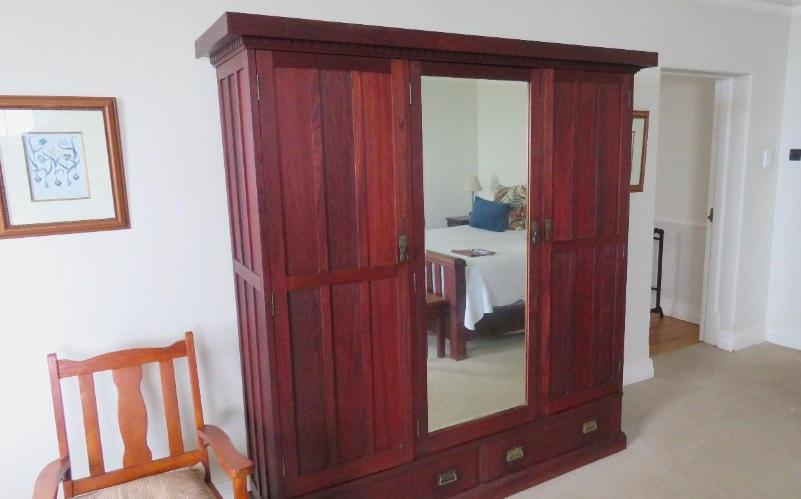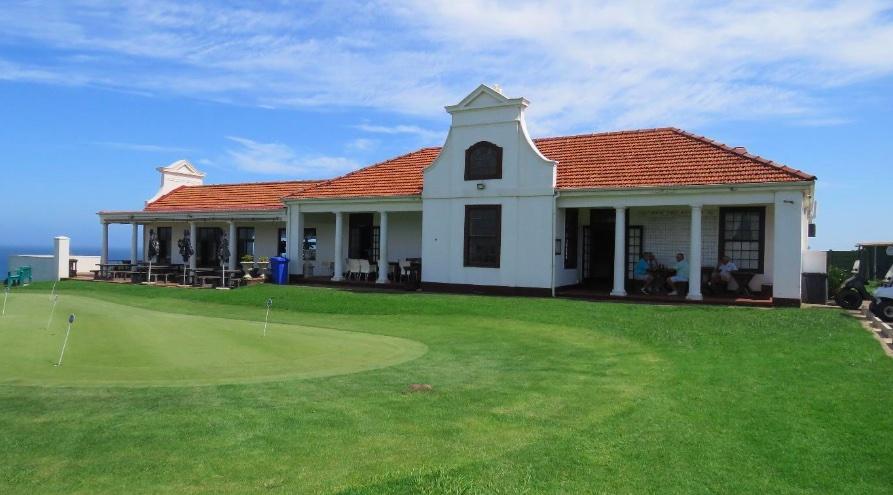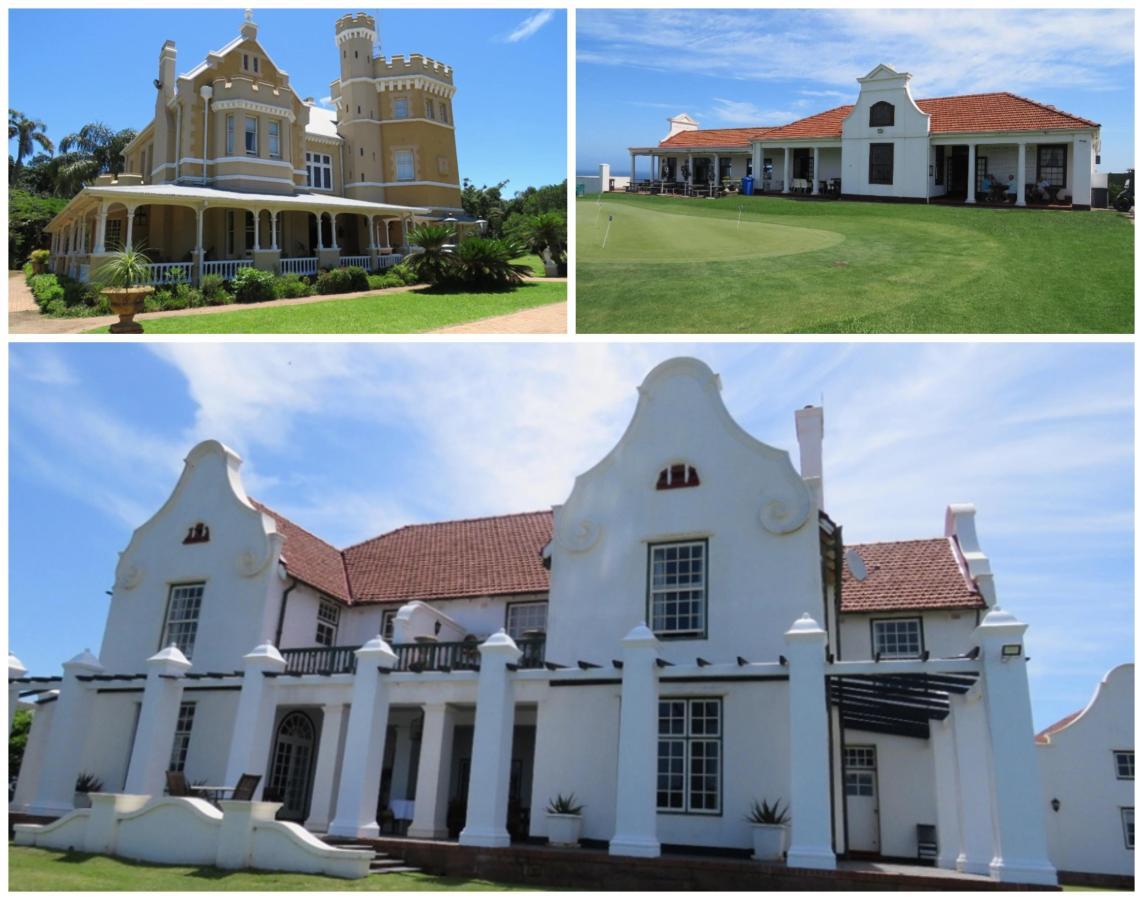
Disclaimer: Any views expressed by individuals and organisations are their own and do not in any way represent the views of The Heritage Portal. If you find any mistakes or historical inaccuracies, please contact the editor.
Shortly after David Lloyd George became the UK’s Prime Minister in December 1916, Arthur Lee (1868 – 1947 and later Lord Lee) and his wife Ruth, an American heiress, decided on a most altruistic and public-spirited gesture. While previous Prime Ministers had always belonged to the landed classes, the post war era was clearly ushering in a new breed of politician. These men did not have the spacious country houses in which to entertain foreign dignitaries, or a tranquil place to relax from the affairs of state. After discussions with Lloyd George, the childless Lees donated their country home and estate, sections of which date to 1556, to the nation as a country retreat for the serving Prime Minister, under the Chequers Estate Act 1917.
Chequers from above
Sir Frank Reynolds follows suit with Botha House
In early 1918, South Africa’s Prime Minister, General Louis Botha (1862 - 1919) visited Sir Frank Reynold (1852 – 1930), a sugar magnate living at Lynton Hall on the southern outskirts of the little seaside village of Pennington. At some point Botha requested Reynolds to secure him some land in the vicinity, where he could erect a beach cottage for his wife Annie.
Inspired by Lord Arthur and Lady Ruth Lee’s gift to the British nation, Sir Frank decided to build a house, called Botha House, at Umdoni Park, which could be used by South African Prime Ministers, or their nominees in perpetuity.
Frank and Charles Reynolds
In 1885 Frank and his younger brother Charles left their birthplace of Umhlali, some 56 kilometres north-east of Durban, to manage a neglected Umzinto sugar estate bequeathed to their father. Frank and Charles soon improved the fortunes of this ailing estate to such extent, that they were able to establish Reynolds Bros. Ltd., a successful sugar cane farming and milling enterprise. Amongst other innovations, they introduced cane haulage with light field railways, a considerable achievement due to the many hills and valleys crisscrossing Natal’s coastal belt. By 1889, their business had become the largest employer on the KZN South Coast and by 1907 Reynolds Bros. Ltd., owned 13 134 acres of cane fields. Sezela, the little coastal village created through the building of their sugar mill there, celebrated its 75th anniversary in 1990.
Entrance to Sezela, where the original Reynolds Bros. sugar mill was established. A small plaque barely visible on the shaded wall commemorates the 75th anniversary of Sezela. (SJ de Klerk)
Frank was first elected to the Natal Legislative Council in 1893 and then to the Union Parliament for Alexandra in 1915, before being knighted for his services to Natal in 1916.
Lynton Hall
In 1895, Charles built himself a baronial manor house, named Lynton Hall at Umdoni Park. Designed by the well-known Natal architectural partnership of Street-Wilson and Fyfe, all mass-produced objects, such as doors, windows, and fireplaces, were imported from abroad. The building materials were floated down the coast to the whaling station at Park Rynie by flat bottomed barge, able to clear the silt-banks of the still undredged Durban harbour. All items were then hauled the 9 kilometres from Park Rynie to the building site by labourers from the nearby Sezela sugar mill.
Lynton Hall, South Elevation (SJ de Klerk)
The architectural site Artefacts describes Lynton Hall as, ‘A cross between a verandah house and a Scottish Baronial mansion, and seen through tall palm trees, presents itself as an architectural folly in the romantic tradition. The magnificent site was selected not only for the superb views, but because the elevated position would catch every breeze to cool the humid air. Late in the 19th century, Zulu uprisings were still a threat and the battlemented tower, complete with gun room, was not a mere whim, but a necessity. The turret above served as a lookout for fires in the surrounding cane fields.’
Enchanting verandah and entrance to Lynton Hall (SJ de Klerk)
Following a scandal prior to the First World War, the Reynolds family banished Charles to the Caribbean. He later died in South America, allegedly stabbed by a jealous husband. His remains were repatriated to South Africa, although not interred in the little family graveyard at Lynton Hall, but apparently in a churchyard at Sezela.
Despite driving and asking around Sezela, Lorraine and I were unable to locate Charles’ grave nor anyone who could to shed any light on its whereabouts.
Sir Frank took possession of Lynton Hall where he laid out a tropical version of a Lutyens Surrey garden. He loved the natural environment and often walked the six or so kilometres from Lynton Hall to his office at the Reynolds Bros. sugar mill.
The carriage lamps on the verandah engraved with the Reynold’s family crest and motto, seem to discreetly refer to Charles’ disgrace, Fide sed qui vide, ‘Trust, but be careful whom you trust.’
Today, Lynton Hall is a sought-after events and wedding venue still owned by descendants of Frank Reynolds.
Botha House, Umdoni Railway Halt and Tidal Pool
In 1918, Sir Frank acquired 210 hectares of land from the Pennington family after whom the seaside village of Pennington is named, for Umdoni Park.
Sir Frank had ambitious plans for Umdoni Park, not only to build Botha House, but also to establish the Umdoni Halt rail siding, a tidal pool with change rooms, and a golf course.
By September 1918, Sir Frank had selected a site on a headland above Umdoni Point for Botha House. Architects William Street-Wilson and James Wallace Paton were commissioned to design the house in the Cape Dutch Revival style, fashionable in the years following the 1910 Union of South Africa.
Botha House - Front Elevation East (SJ de Klerk)
Recalling the difficulties of transporting building material overland from Park Rynie to Lynton Hall, Sir Frank arranged with the South African Railways to construct a railway halt at Umdoni Point. This would later also provide a convenient drop-off for guests to Botha House and visitors to the Umdoni Park golf course. Construction on the railway halt commenced during early June 1919, with the laying of the foundations of Botha House a few days later.
Sadly, General Louis Botha was never to visit Botha House, dying at the Prime Minister’s official residence Bryntirion in Pretoria, on 27 August 1919, from heart failure, following a reappearance of the 1918 Spanish flu.
Botha House was completed during April 1920 and furnished by mid-May.
A paved pathway beneath a shady pergola leads from the parking area to the rear entrance of Botha House.
Botha House Rear Elevation West (SJ de Klerk)
The imposing entrance hall connects the kitchen to the lounges and provides entry to the covered patio. A staircase also leads to the upstairs bedrooms.
The interior of Botha House is enhanced by high Burmese teak beams and fine Terrazzo pillars, as seen in the entrance hall.
Entrance Hall facing the Dining Room and Kitchen. The double doors with fanlights to the left open onto the sea facing covered patio. (SJ de Klerk)
The wood paneled lounge with painting of Frank Reynolds by Edward Roworth (SJ de Klerk)
Upstairs, the bedrooms contain fine examples of custom-made Burmese oak cupboards.
Originally Botha House provided six bedrooms, two double and four single, and two bathrooms. Subsequently, they were converted to four very spacious guest bedrooms, all ensuite.
Burmese teak cupboard in upstairs guest suite (SJ de Klerk)
In 1920, a ladies’ change room was erected on the rocks below Umdoni Point, as well as a tidal pool by blasting some of the rocks to allow high tide to fill the excavation.
Unfortunately, the change room and the rock pool no longer fall within the property of the Umdoni Trust and through the ravages of time, little remains of the change room, while the rock pool is now almost totally filled with sand washed in by the tides.
It is a pity that this historic rock pool is no longer maintained and used, as over the decades many prominent political and literary figures stayed over at Botha House and enjoyed frolicking in this tidal pool, such as Jan Smuts, JH Hofmeyr, BJ Vorster, PW Botha, FW de Klerk, Roy Campbell, Laurens van der Post, Noel Coward, Thabo Mbeki, and others.
In the late 1990’s, with Botha House no longer regularly used by government officials, the Trustees repurposed it as an upmarket boutique hotel, appealing to those wishing to vacation in a historic venue offering stunning sea views.
Today, Botha House offers accommodation to 24 guests lodged in a variety of bedrooms and cottages in and around the house.
Transferring Ownership of Umdoni Park to the Trust
Aware of the importance of securing Umdoni Park for future generations, between 1920 and 1930, Sir Frank began transferring ownership of the estate and its improvements from his own person to the Trust and to bequeath this to the South African nation.
One of the conditions of the Trust was to allow Annie Botha (1864 – 1937) unlimited use of Botha House during her lifetime and at her death to the use of the Prime Minister of the Union of South Africa and his successors.
Annie Botha at first stayed at Botha House, annually during the winter months only, but during 1929, she moved in permanently until her death in May 1937.
A portrait of a younger Annie Botha adorns the upstairs landing and faces a portrait of Louis Botha.
The Umdoni Park Golf Club
The first nine holes of the Umdoni Park Golf Club were completed in 1921, and in 1926, the Trustees agreed to the construction of a clubhouse. According to local lore Sir Frank retained the legendary Sid Brewis to design the second nine holes, which were completed in 1930.
The Umdoni Park Golf Club offers one of the most attractively situated courses in KZN, boasting breath-taking sea views and situated in 200 hectares of indigenous coastal forest.
Northern Perspective of the clubhouse at the Umdoni Park Golf Club (SJ de Klerk)
The original building dating from 1926, encompassed only the section with the centre gable and the adjoining verandahs on either side. The section with the gable on the left comprising the current dining room, is a later addition.
Due to the foresight and generosity of Sir Frank Reynolds and the descendants of the Reynolds family, as well as the dedication of the Umdoni Park Trust, three of the premier heritage sites of the KZN South Coast have been preserved for posterity.
About the author: SJ De Klerk held many senior positions in HR during a distinguished career in the private sector. Since retiring he has dedicated time and resources to researching, exploring and writing about South African history.
Sources
- Bland H. (2021). New Beginnings - Repurposed Historic Homes of KwaZulu Natal. Publisher Hugh Bland Books.
- Derwent S. (Not dated). Umdoni Park Trust - Celebrating 100 Years 1920 – 2020. (Published by Umdoni Park Trust.
- Mackenzie M. (2020). Botha House – Its History and its People 1920 – 2020.
- Paton A. (1964). Hofmeyr. Oxford University Press, Cape Town.
- Raper PE, Möller LA, Du Plessis LT. (2014). Dictionary of Southern African Place Names. Jonathan Ball Publishers.
Comments will load below. If for any reason none appear click here for some troubleshooting tips. If you would like to post a comment and need instructions click here.

